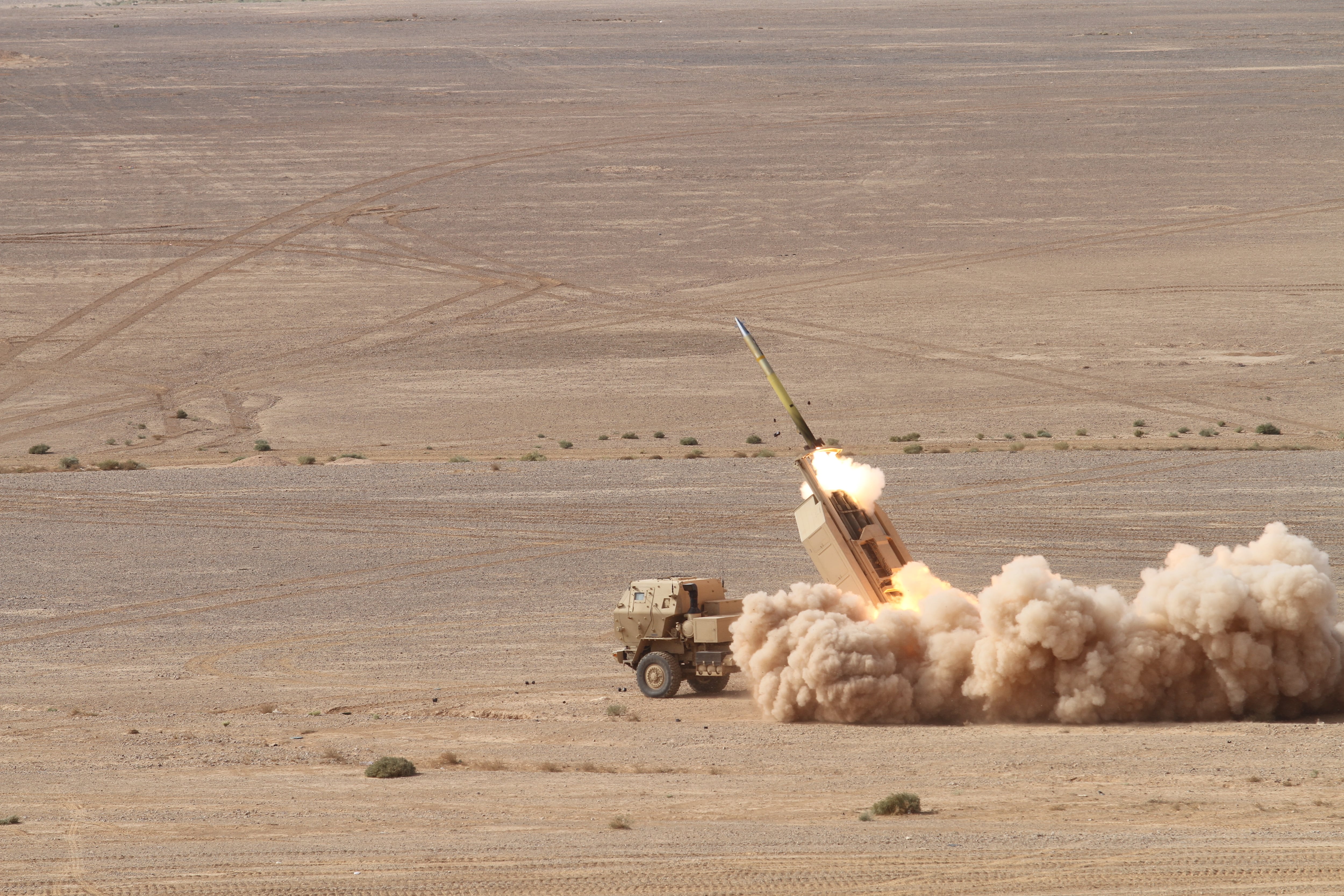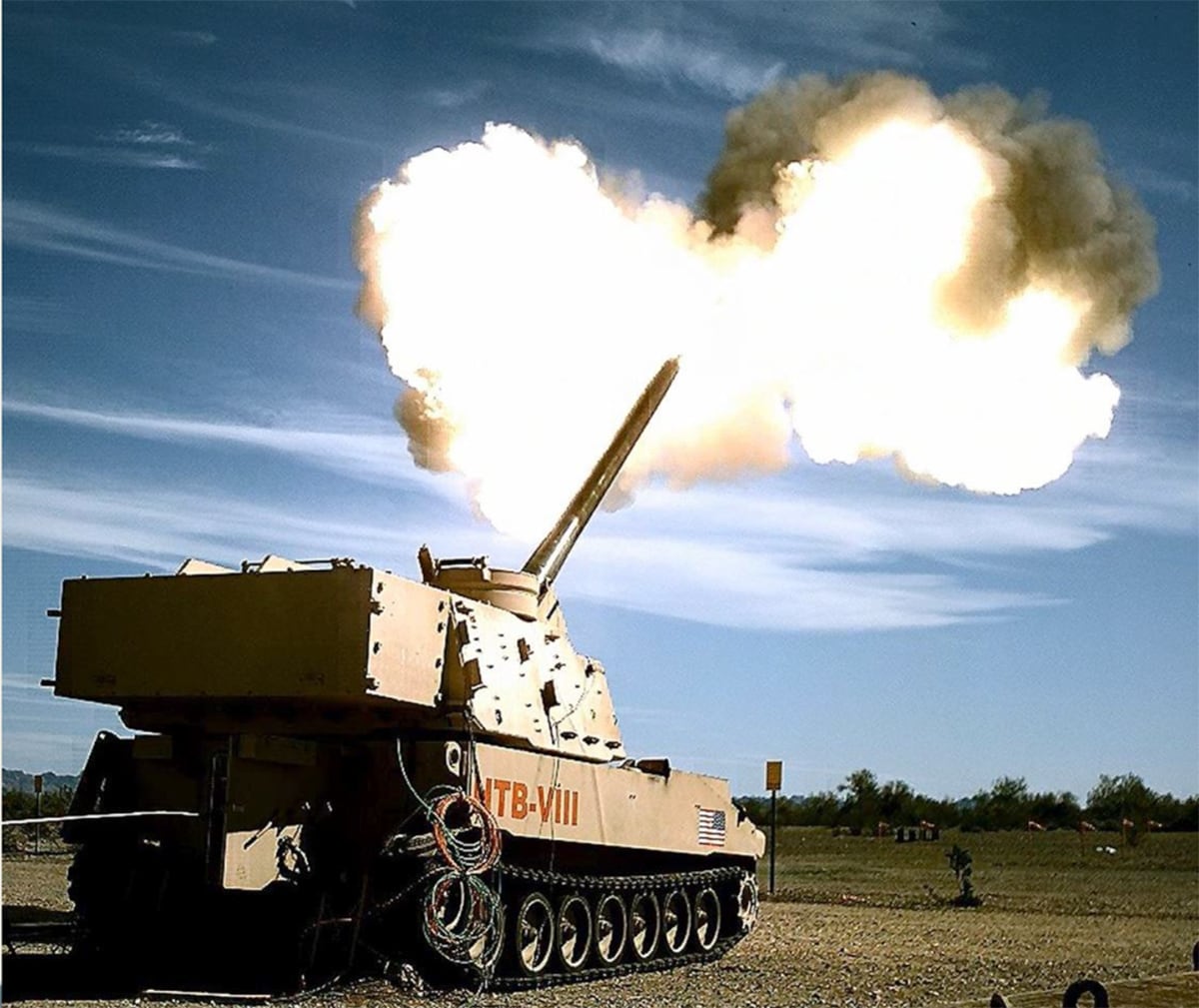Update - This story has been updated to further clarify that BAE will integrate the cannon onto the M109A7 howitzer and is not responsible for building the cannon.
WASHINGTON — BAE Systems has been given the go-ahead to integrate the various parts that will make up the U.S. Army’s Extended Range Cannon Artillery prototype through a $45 million contract award, according to a July 15 company statement.
Under the Army’s program, BAE will increase the range and the rate of fire on the current and future M109A7 self-propelled howitzers — otherwise known as Paladin Integrated Management.
The ERCA program is one of the Army’s near-term efforts within its No. 1 modernization priority — long-range precision fires — as adversaries have developed their own cannon artillery that out-ranges American capability.
RELATED

The service stood up Army Futures Command roughly a year ago with cross-functional teams assigned to carry out the service’s top six modernization priorities as a means to break free from historically sluggish procurement habits. The Long-Range Precision Fires Cross-Functional Team has focused heavily on extending the range of cannon artillery.
BAE will take the Army-developed ERCA cannon and integrate it onto an M109A7 howitzer. Efforts include development of ″power distribution software and hardware integration solutions,” according to the company statement.
The current 38-caliber turret will be replaced with a 58-caliber version to accommodate a 30-foot gun barrel from which the ERCA projectile will be fired.
The program aims to extend the range of artillery “while maintaining the weight found in current systems to minimize performance impacts to the chassis,” the company statement notes.
BAE is also under contract to develop precision guidance kits with anti-jamming capabilities, which is compatible with existing and new long-range rounds to include the M109 howitzer.
The company will work on the prototype at Picatinny Arsenal, New Jersey, and BAE’s facilities in York, Pennsylvania; Sterling Heights, Michigan; and Minneapolis, Minnesota.
Other efforts within the ERCA program include developing an improved projectile that can reach beyond 40 kilometers in range. The Army is developing the XM113 rocket-assisted projectile to answer that call, which could end up in soldiers’ hands in less than a few years.
RELATED

The Army also has its eye on an autoloader for the cannon, which would dramatically increase its volume of fire.
The service tested a modified M109 Paladin at Yuma Proving Ground, Arizona, in December 2018 designed to carry more propellant with a roughly 30-foot-long cannon
The ERCA cannon is a step ahead of a bigger program to develop a strategic, long-range cannon that could shoot 1,000 nautical miles, or 1,852 kilometers.
Jen Judson is an award-winning journalist covering land warfare for Defense News. She has also worked for Politico and Inside Defense. She holds a Master of Science degree in journalism from Boston University and a Bachelor of Arts degree from Kenyon College.








